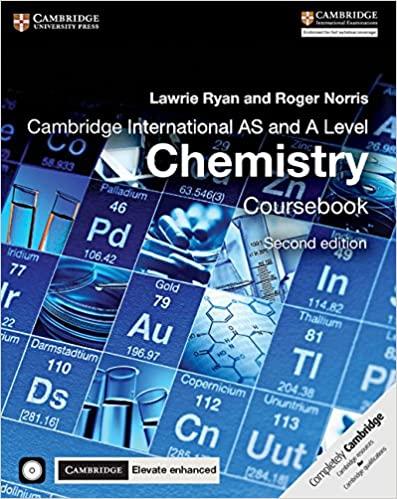Solid sodium carbonate reacts with aqueous hydrochloric acid to form aqueous sodium chloride, carbon dioxide and water.
Question:
Solid sodium carbonate reacts with aqueous hydrochloric acid to form aqueous sodium chloride, carbon dioxide and water.
Na2CO3 + 2HCl → 2NaCl + CO2 + H2O
a. Rewrite this equation to include state symbols.
b. Calculate the number of moles of hydrochloric acid required to react exactly with 4.15 g of sodium carbonate.
(Ar values: C = 12.0, Na = 23.0, O = 16.0)
c. Define the term mole.
d. An aqueous solution of 25.0 cm3 sodium carbonate of concentration 0.0200 mol dm–3 is titrated with hydrochloric acid. The volume of hydrochloric acid required to exactly react with the sodium carbonate is 12.50 cm3.
i. Calculate the number of moles of sodium carbonate present in the solution of sodium carbonate.
ii. Calculate the concentration of the hydrochloric acid.
e. How many moles of carbon dioxide are produced when 0.2 mol of sodium carbonate reacts with excess hydrochloric acid?
f. Calculate the volume of this number of moles of carbon dioxide at r.t.p. (1 mol of gas occupies 24 dm3 at r.t.p.)
Step by Step Answer:

Cambridge International AS And A Level Chemistry Coursebook
ISBN: 9781316637739
2nd Edition
Authors: Lawrie Ryan, Roger Norris




